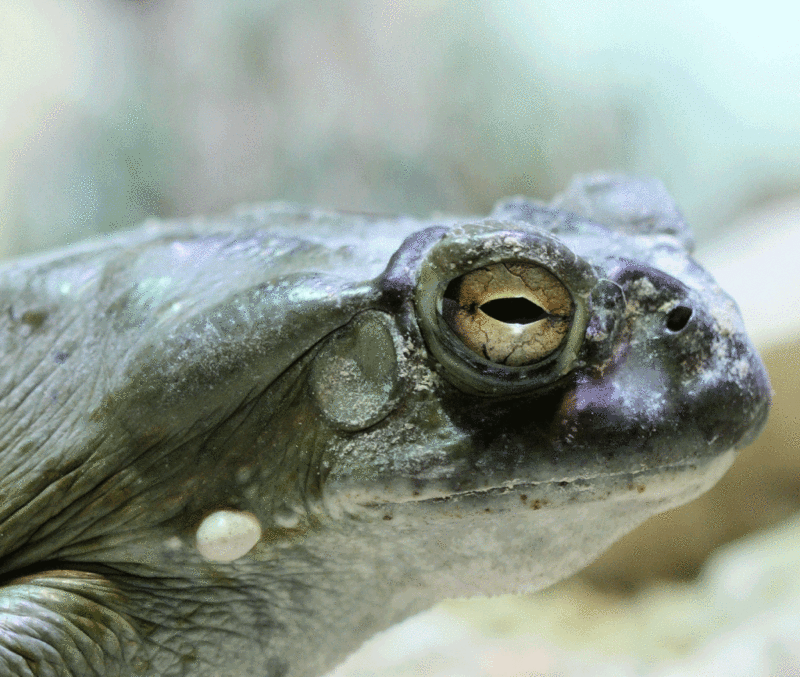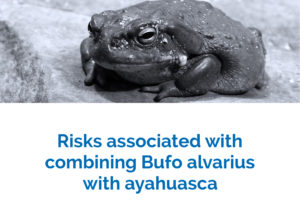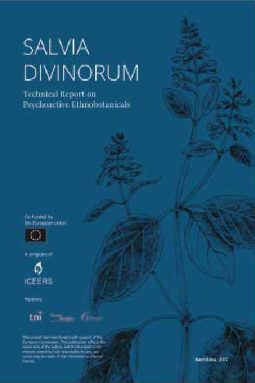Recently the use of the secretions of the Bufo alvarius toad (correct name Incilius alvarius) has become popular in various ritual settings. This popularization has meant that its use is becoming common in retreats where ayahuasca is also being consumed. While from a physiological perspective the separate use of each of these preparations is quite safe, combining these two substances is dangerous and can be deadly.
There are at least one case of death and an emergency room admission documented in the medical literature where the combination of Incilius alvarius with harmalines, compounds present in ayahuasca, was the cause.
No known ritual use of I. alvarius in conjunction with ayahuasca
The secretions of Incilius alvarius (correct name Incilius alvarius) contains more than a dozen tryptamine compounds, the most important of which are bufotenin and 5-MeO-DMT (5-methoxy-dimethyltryptamine). It does not contain DMT (N, N-dimethyltryptamine), which is present in ayahuasca. In the ethnographic literature, there are no documented cases where plants containing 5-MeO-DMT and/or bufotenin have been added to ayahuasca, even though plants containing these compounds have been known and used for millennia [1]. Neither 5-MeO-DMT nor bufotenin has ever been found in any chemical analysis performed on ayahuasca collected from different cultural groups spread throughout the Amazon Basin.
There are records of indigenous groups that use the leaves of Banisteriosis caapi (rich in harmaline)[2] to potentiate the effects of virolas (a genus of large trees, some of which produce a red, N,N-DMT- and 5-MeO-DMT-containing resin from the inner bark, which is used to make hallucinogenic rapés or snuffs rich in bufotenin and 5-MeO-DMT). However, this type of use is limited to specific regions and Amazonian indigenous groups and the method of application is always through snorting or inhalation (i.e. smoking) and this combination is never ingested orally. The fact that there is no Indigenous group that is known to combine these compounds orally – despite their widespread availability and the broad knowledge surrounding them throughout the Amazon – is a good indicator that caution should be used when combining them.
At some point in history, the peoples of the Amazon somehow learned to combine plants rich in harmala alkaloids with plants rich in DMT to make ayahuasca. Yet, despite the numerous plants that a shaman or tribe may add to their b. caapi decoction, these same shaman or tribes would also have had to learn not to add plants containing 5-MeO-DMT/bufotenina to the ayahuasca brew. This may be because of the potential side effects. Additionally, there are also no known rituals where the inhalation of rich in 5-MeO-DMT or bufotenin after taking ayahuasca. Archaeological records from in northern Chile (Atacama and the Azapa Valley) have shown that the cultures that lived there were regular consumers of rapé (snuff) that contains 5-MeO-DMT/bufotenin. However, chemical analysis of mummy hairs detected harmalines without the remains of tryptamines, which indicates that these groups never combined ayahuasca with the 5-MeO-DMT-containing rapé nor added plants used in rapé to ayahuasca.[3]
Adverse effects
As noted above, there are at least two deaths that have been recorded in the medical literature where harmaline and 5-MeO-DMT have been found in autopsies. The first case relates to an individual who died after an ayahuasca session and when an autopsy was conducted, 5-MeO-DMT was detected. It is therefore possible that the individual had self-administered a compound containing 5-MeO-DMT at the end of the ayahuasca session, which produced a deadly effect.[4] The second is a case where the individual combined 5-MeO-DMT with harmaline in an attempt to reproduce the effects of ayahuasca.[5]
Studies in animals have shown that the combination of harmaline with 5-MeO-DMT potentiates hyperthermia, which 5-MeO-DMT can also induce when taken on its own.[6] Researchers have found that deregulation of thermoregulatory mechanisms produces remarkable side effects in animals and is the cause of fatal overdoses from serotonergic compounds. Adverse effects only occur only when combining harmalines with 5-Meo-DMT/bufotenin orally and not when harmalines are combined with DMT. This may be because harmalines, besides inhibiting the MAO-A (monoamine oxidase) enzyme thereby preventing the destruction of tryptamine compounds in the gastrointestinal tract, also inhibit their metabolism by the liver (through the cytochrome 2D6), which results in a remarkable increase of the chemicals that reach the brain.
Furthermore, 5-MeO-DMT and bufotenin have higher affinities for serotonergic receptors than DMT and therefore produce effects at lower doses. Apart from how 5-MeO-DMT and bufotenin are metabolized in the brain, they also may produce metabolites that are even more active than in the original compounds.[7] These phenomena may not produce significant side effects when the substances are inhaled, but when combined with harmalines found in ayahuasca, these chemicals are metabolized more slowly, staying in the body longer, and possibly producing fatal effects. Although the risk associated with combining ayahuasca with 5-MeO-DMT is higher if consumed orally (because both compounds are metabolized by the liver) there may still be a risk from smoking 5-MeO-DMT if harmalines have been ingested (even though inhalation avoids the hepatic route).
Although only two deaths have been recorded in the literature, it is certain that if this practice of combining these two substances becomes more common there will be more serious or even fatal incidences that occur.
How to avoid interactions between these substances
Pharmacological studies have shown that at least one harmalinic compound (THH-tetrahydroharmine), as well as some metabolites of the harmalines present in ayahuasca that also have MAOI properties, remain in the blood for up to 24 hours following ingestion.[8] To avoid interactions individuals should wait at least 24 hours, after ingesting ayahuasca before inhaling Incilius alvarius. In the case that I. alvarius is smoked first, the individual should wait at least one hour before ingesting ayahuasca and not inhale I. alvarius for at least 24 hours afterwards. This advice is speculative, and therefore caution should be exercised – since it is unknown how these compounds or their metabolites interact in the brain. Under no circumstances should 5-MeO-DMT be combined orally with ayahuasca and/or harmalines.
Final note: It is potentially dangerous to combine Incilius alvarius with ibogaine, as well as with any other tryptamines. Ibogaine acts on multiple neurotransmitters, including the serotonergic receptors on which tryptamines such as including 5-MeO-DMT and bufotenin act. Their neurophysiological interaction is currently unknown and therefore combining these could have unpredictable consequences.
Categories:
NEWS
, PSYCHEPLANTS
, Others
, Incilius alvarius
Tags:
ayahuasca
, 5-MeO-DMT
, Bufo alvarius
, risks
, bufotenin



